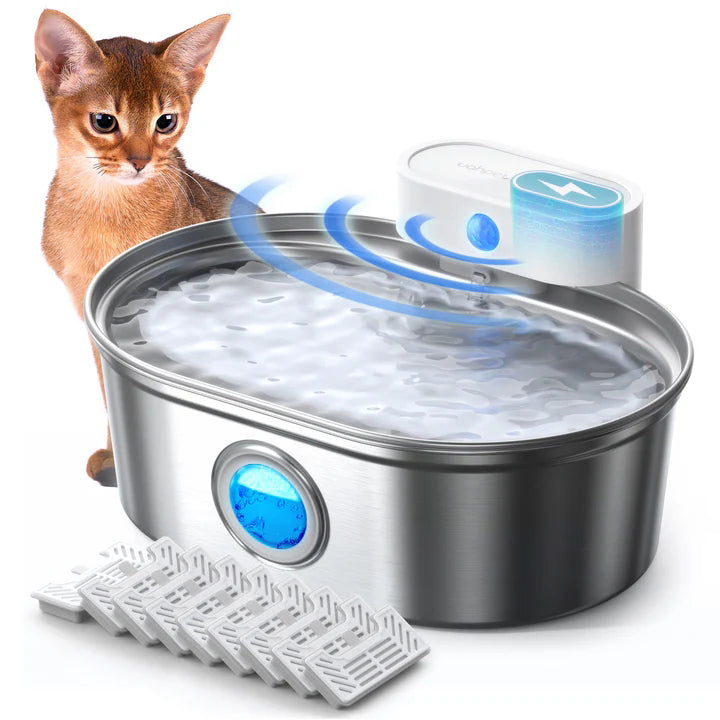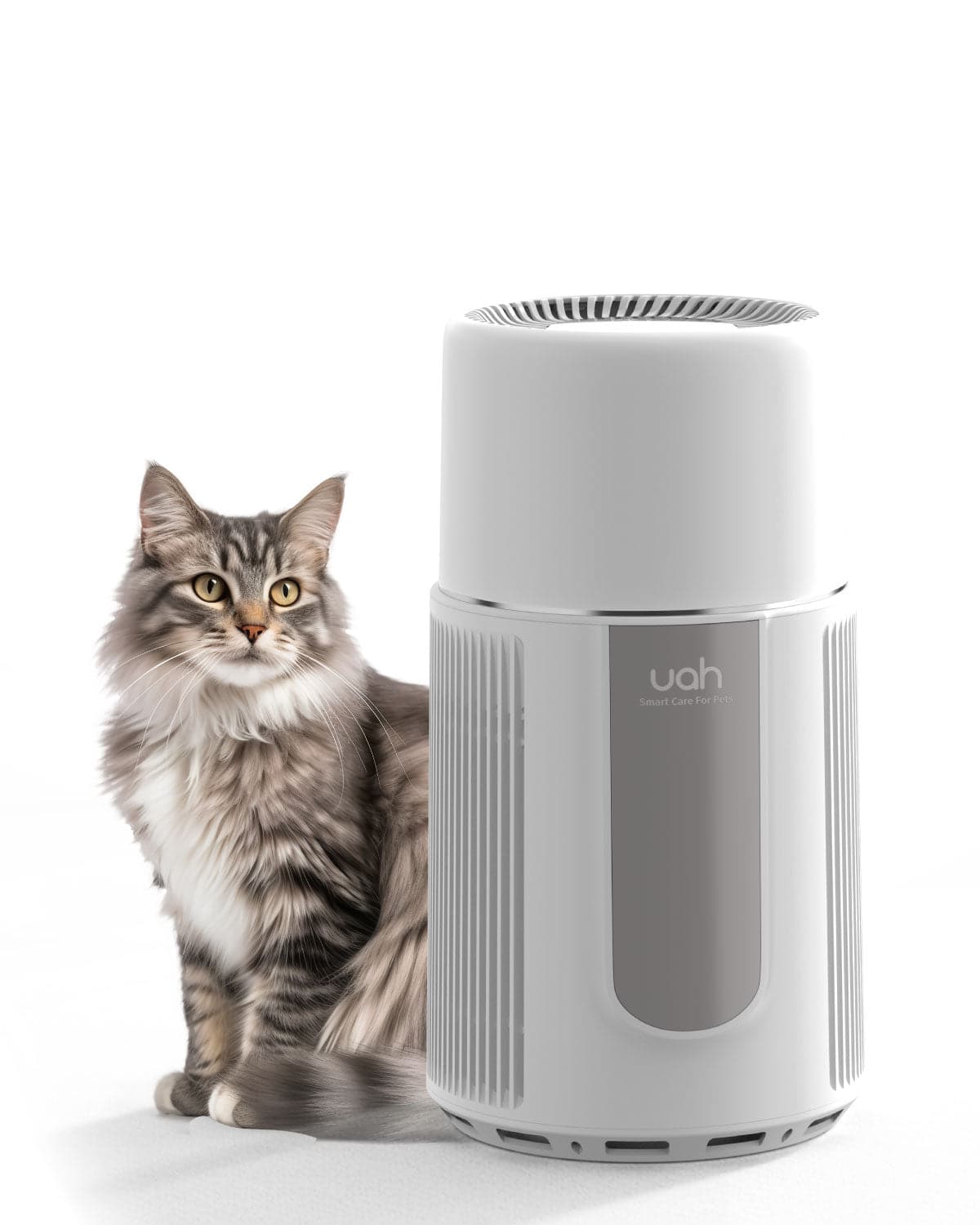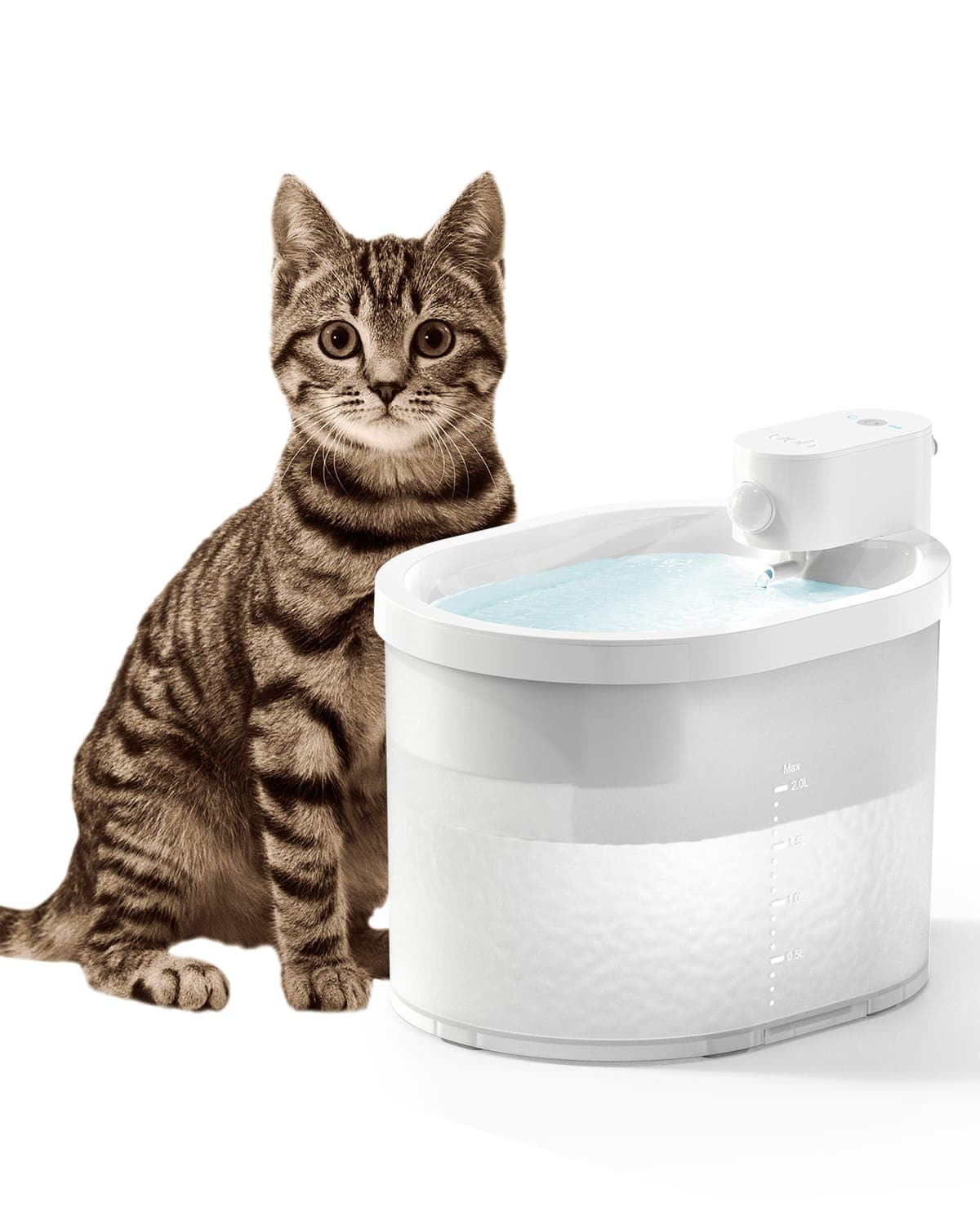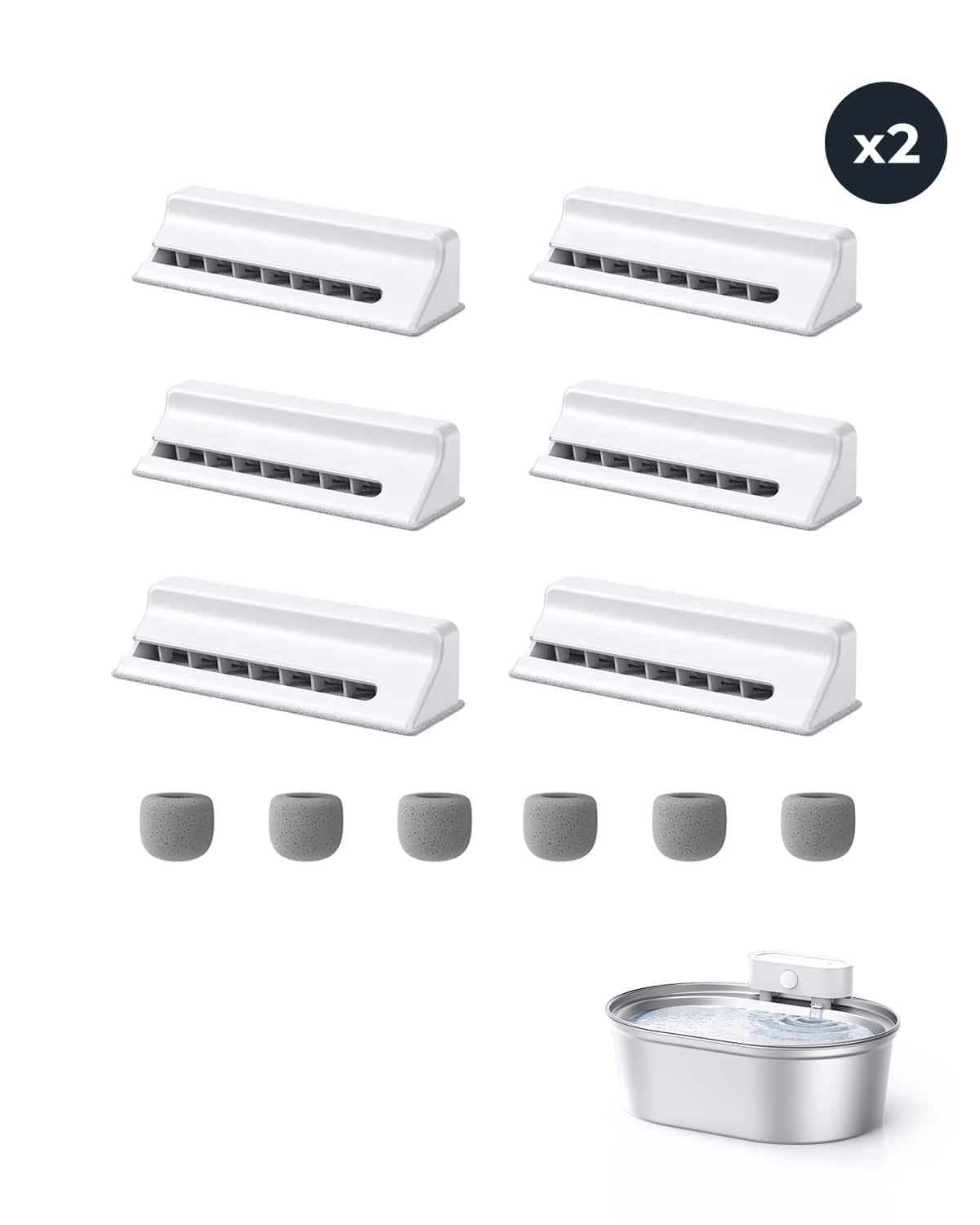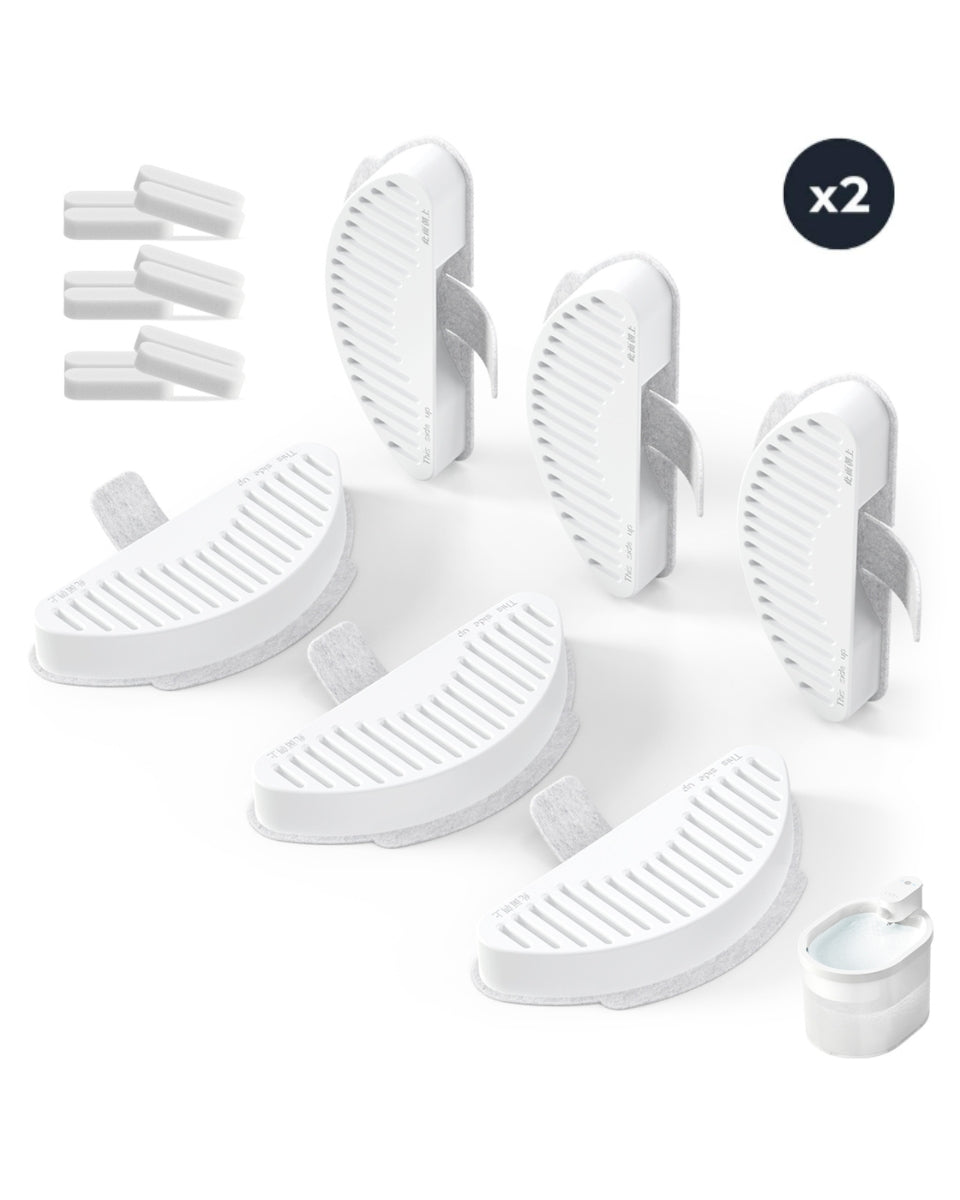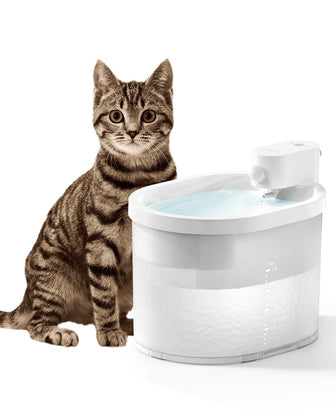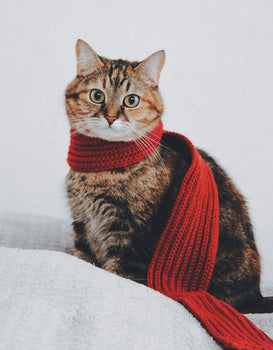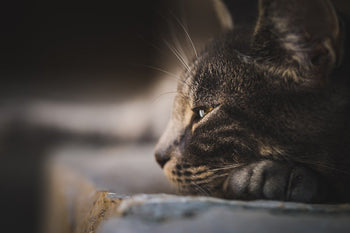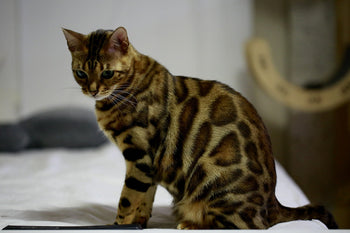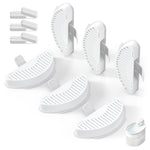Why Your Cat's Water Fountain Gets Dirty: Understanding the Causes and Solutions

Many cat owners invest in water fountains to ensure their pets have access to fresh, clean water at all times. However, it's not uncommon for these fountains to get dirty quickly, leaving owners wondering why. The answer is simple: cats are messy drinkers. When they lap up water, they create splashes and droplets that can end up outside the fountain, attracting dirt and debris.
Keeping a cat's water fountain clean is essential for their health and well-being. Dirty water can lead to bacterial growth and contamination, which can cause health problems for your pet. Additionally, cats are known for their finicky taste buds and may refuse to drink from a dirty fountain, leading to dehydration.
Factors that contribute to a dirty water fountain include the type of fountain, the frequency of cleaning, and the quality of the water used. By understanding these factors and implementing some simple cleaning tips, cat owners can ensure their pet has access to clean, fresh water at all times.
Importance of a Clean Water Fountain
Maintaining a clean water fountain is crucial for the health and well-being of your cat. A dirty fountain can harbor harmful bacteria, algae, and other contaminants that can make your cat sick. Cats are also known for being finicky about their water source, so a dirty fountain can discourage them from drinking enough water, leading to dehydration and other health issues.
Regular cleaning of the water fountain is essential to prevent the buildup of dirt, hair, and other debris that can clog the fountain and reduce its efficiency. It is recommended to clean the fountain at least once a week, depending on the number of cats using it and the level of activity in your home.
In addition to regular cleaning, it is also important to change the water frequently to prevent the growth of bacteria and other contaminants. Fresh, clean water will encourage your cat to drink more and help keep them healthy and hydrated.
Overall, keeping your cat's water fountain clean and well-maintained is essential for their health and well-being. By taking the time to clean and maintain the fountain, you can ensure that your cat has access to clean, fresh water at all times.
Related Posts:
Factors Contributing to a Dirty Water Fountain
A cat water fountain is a great way to ensure your feline friend has access to clean water throughout the day. However, over time, you may notice that the water fountain becomes dirty, which can be unappealing to your cat and potentially harmful to their health. Here are some factors that contribute to a dirty water fountain:
Cat Hair and Debris
Cats are notorious for shedding and leaving debris in their wake. When they drink from a water fountain, they can leave behind hair and other debris, which can accumulate and clog the fountain's filter. This can lead to a buildup of bacteria and other harmful microorganisms, which can make your cat sick.
To prevent this, it is important to clean your cat's water fountain regularly. This includes removing any hair or debris that may have accumulated in the fountain, as well as cleaning the filter and other components of the fountain.
Bacterial Growth
Bacteria thrive in warm, moist environments, making a cat water fountain an ideal breeding ground for harmful microorganisms. If the fountain is not cleaned regularly, bacteria can accumulate and grow, leading to a buildup of harmful pathogens that can make your cat sick.
To prevent bacterial growth, it is important to clean your cat's water fountain regularly and to replace the filter as recommended by the manufacturer. This will help to ensure that the water in the fountain remains clean and free from harmful bacteria.
Water Quality
The quality of the water you use in your cat's water fountain can also contribute to its cleanliness. If the water is high in minerals or other contaminants, it can lead to a buildup of scale or other deposits in the fountain, which can make it more difficult to clean and maintain.
To ensure the water in your cat's water fountain remains clean and healthy, it is important to use high-quality water that is free from contaminants. This may mean using filtered or bottled water, depending on the quality of the tap water in your area.
Related Posts:
Tips for Keeping the Water Fountain Clean
A cat water fountain is a great way to provide fresh and clean water for your feline friend. However, it can be frustrating when the fountain gets dirty quickly, making it unappealing for your cat to drink from. Here are some tips to help keep your cat's water fountain clean and fresh.
Regular Cleaning Routine
One of the most important things you can do to keep your cat's water fountain clean is to establish a regular cleaning routine. This means cleaning the fountain at least once a week, or more often if you have multiple cats or the fountain is used frequently. Take apart the fountain and clean all the parts thoroughly with soap and water. Use a toothbrush or other small brush to clean any hard-to-reach areas. Rinse all the parts well and dry them before reassembling the fountain.
Choosing the Right Location
Where you place the water fountain can also affect how quickly it gets dirty. Avoid placing it in direct sunlight or near a heat source, as this can encourage the growth of algae and bacteria. Instead, choose a cool and shaded location, away from any litter boxes or food bowls.
Using Filtered Water
Using filtered water can also help keep your cat's water fountain clean. Tap water can contain minerals and other impurities that can build up in the fountain over time, leading to clogs and other issues. A water filter can remove these impurities, keeping the water clean and fresh for your cat to drink.
Consider Alternative Materials
The material of the water fountain can also affect how dirty it gets. Plastic fountains, for example, can develop scratches and other imperfections over time, which can harbor bacteria and other germs. Stainless steel and ceramic fountains are generally easier to clean and maintain, and they are less likely to develop scratches or other imperfections.
Related Posts:
Conclusion
After analyzing the reasons why cat water fountains get dirty, it is clear that the main culprit is bacteria growth. However, with proper cleaning and maintenance, cat owners can ensure that their furry friends have access to clean, fresh water at all times.
One way to make the cleaning process easier is by choosing a high-quality cat water fountain, such as the Uahpet cat water fountain. This fountain has a multi-stage filtration system that effectively removes impurities and keeps the water clean and fresh. It also has a large capacity and is easy to disassemble for cleaning.
Why choose Uahpet cat water fountain?
- Multi-stage filtration system: The Uahpet cat water fountain has a three-stage filtration system that includes a sponge filter, activated carbon filter, and ion-exchange resin filter. This system effectively removes impurities, such as hair, dirt, and debris, and keeps the water clean and fresh.
- Large capacity: With a capacity of 2.5 liters, the Uahpet cat water fountain is perfect for households with multiple cats or larger cats that require more water.
- Easy to clean: The Uahpet cat water fountain is easy to disassemble and clean. All parts are dishwasher safe, making it a breeze to maintain.
Overall, investing in a high-quality cat water fountain like the Uahpet can help prevent bacterial growth and keep your cat's water clean and fresh.
Frequently Asked Questions
How can I prevent biofilm buildup in my cat's water fountain?
Biofilm buildup can be prevented by regularly cleaning the water fountain. It is recommended to clean the fountain at least once a week using a mild soap and warm water. Additionally, using a water fountain with a removable pump can make cleaning easier.
What is the best way to clean a ceramic or stainless steel cat water fountain?
The best way to clean a ceramic or stainless steel cat water fountain is by using a mild soap and warm water. It is important to avoid using harsh chemicals or abrasives that can damage the surface of the fountain. Additionally, using a soft-bristled brush can help remove any stubborn stains or buildup.
What causes slime and mold to form in a cat water fountain?
Slime and mold can form in a cat water fountain due to a buildup of bacteria and other microorganisms. This can occur when the fountain is not cleaned regularly or when the water is not changed frequently enough. High humidity and warm temperatures can also contribute to the growth of mold and slime.
Are there any health risks for cats using dirty water fountains?
Dirty water fountains can pose health risks for cats by harboring harmful bacteria and other microorganisms. This can lead to infections and other health issues. It is important to clean the fountain regularly and change the water frequently to prevent the growth of harmful bacteria.
How often should cat water fountain filters be replaced to maintain cleanliness?
Cat water fountain filters should be replaced every 2-4 weeks to maintain cleanliness. This can vary depending on the quality of the filter and the frequency of use. It is important to follow the manufacturer's recommendations for filter replacement to ensure the fountain is working effectively.
What are the signs that a cat water fountain needs to be cleaned?
Signs that a cat water fountain needs to be cleaned include a slimy or murky appearance, a foul odor, and visible debris or buildup. It is important to clean the fountain as soon as these signs are noticed to prevent the growth of harmful bacteria.
Related Posts:
- UAHPET vs Petlibro Water Fountain: Which One is Better for Your Pet's Hydration Needs?
- Why Is My Cat Drinking So Much Water: Common Causes and Solutions


